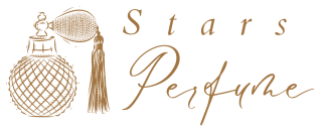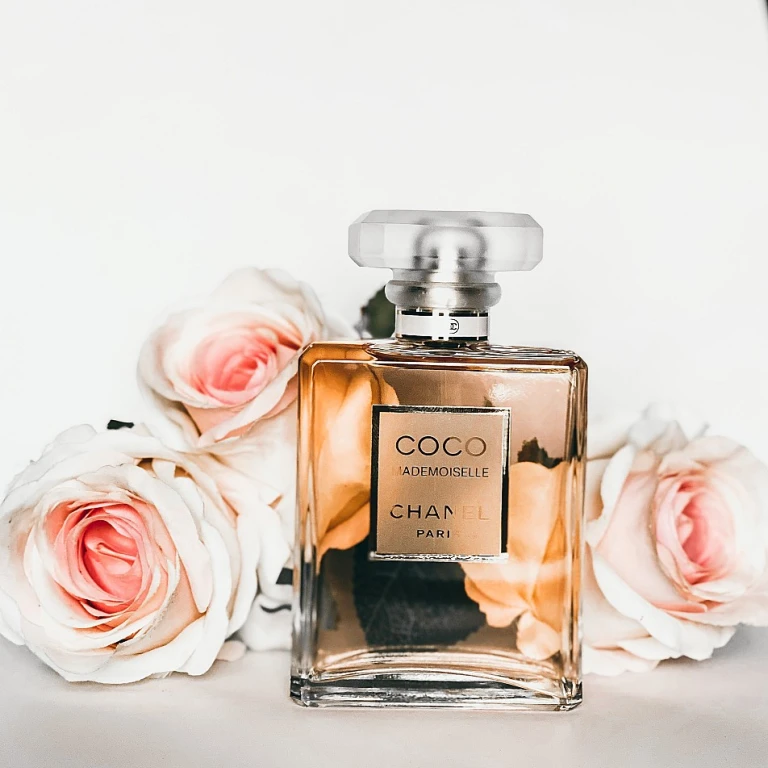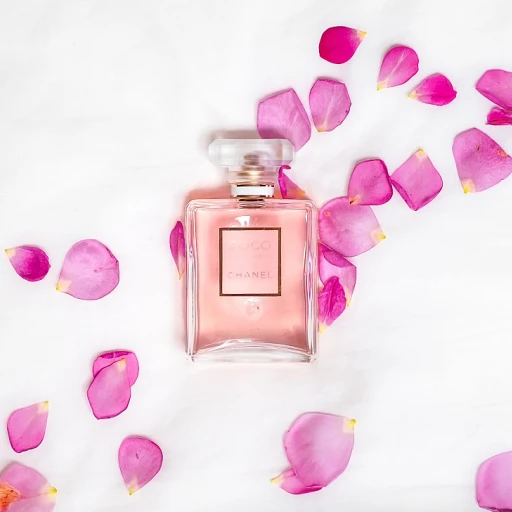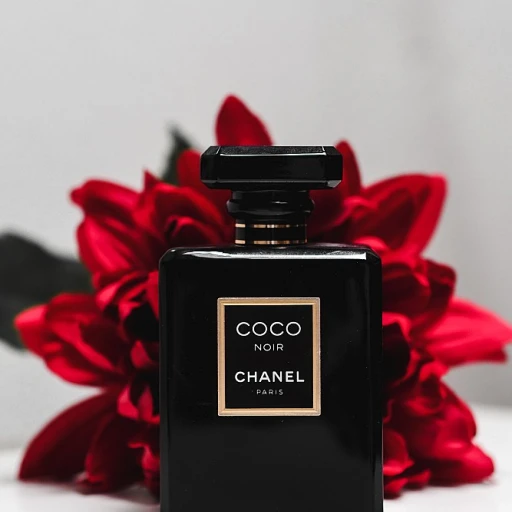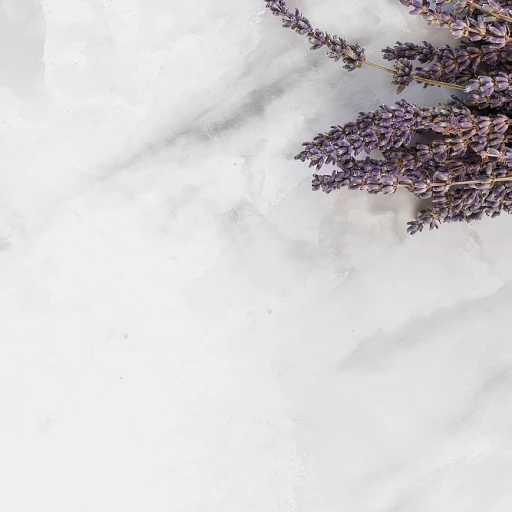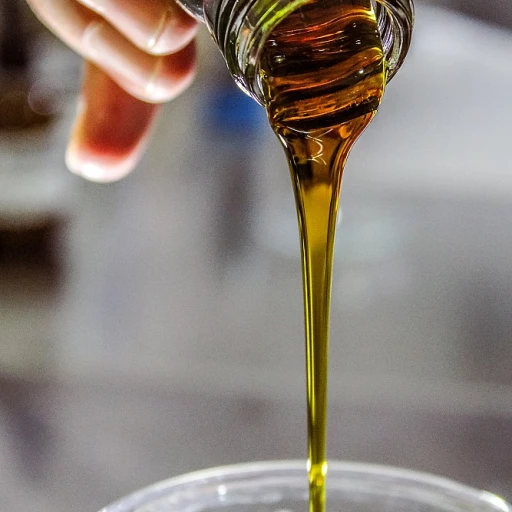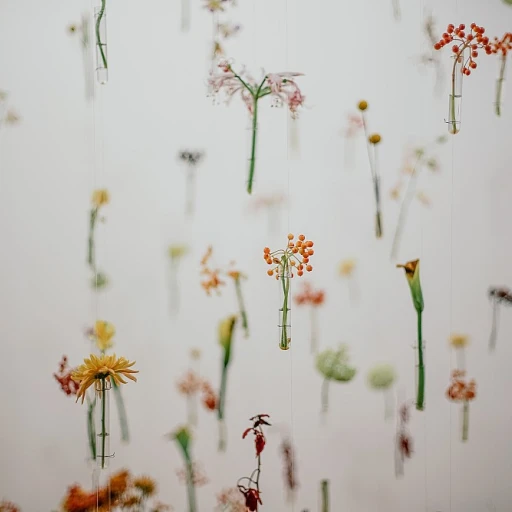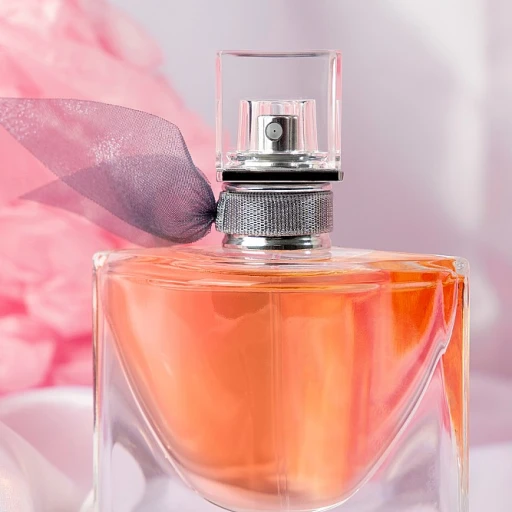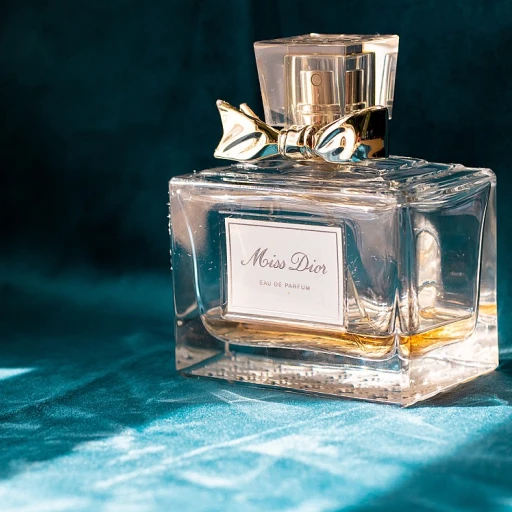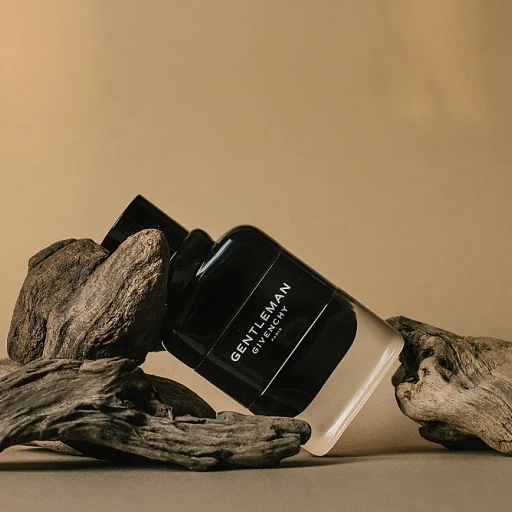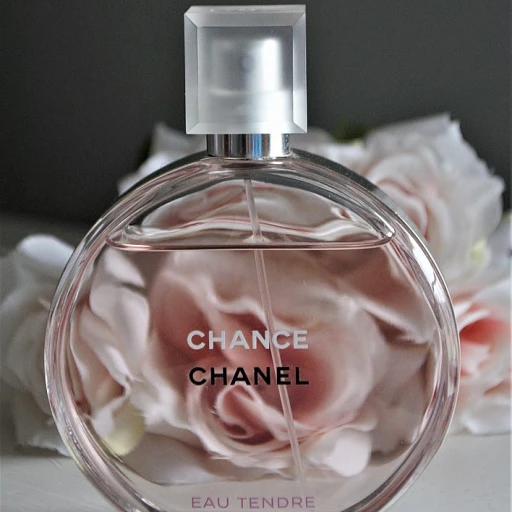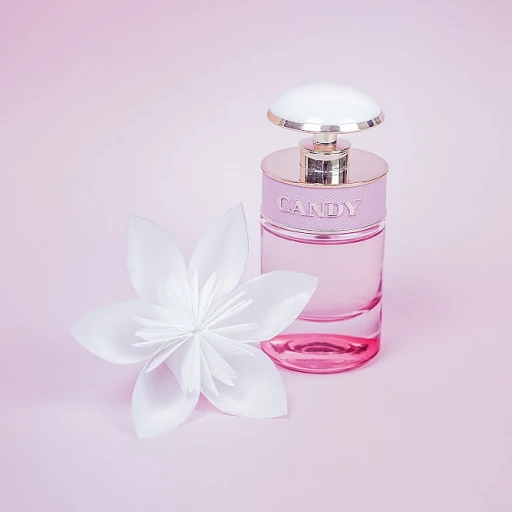
Understanding the Basics of Fragrance Layering
Delving into the World of Fragrance Layering
Fragrance layering is an art that allows you to create a unique scent profile by combining different perfumes. This practice is not just about mixing scents; it's about understanding the fragrance notes and how they interact with each other. By mastering this technique, you can craft a signature scent that is truly your own.
At the core of fragrance layering is the concept of fragrance families. These families categorize perfumes based on their dominant characteristics, such as floral, woody, or warm. Understanding these categories helps in selecting complementary scents that will harmonize rather than clash.
When you begin to layer fragrances, consider the base notes of each perfume. These are the scents that linger longest on your skin and form the foundation of your fragrance profile. Popular base notes include vanilla bean and woody fragrances, which can add depth and warmth to your blend.
For those new to this practice, starting with a discovery set can be a great way to experiment with different combinations. These sets often include a variety of scents, allowing you to explore which combinations resonate with your personal style.
As you explore the possibilities of layering, remember that the best fragrances for layering are those that complement each other. This involves a bit of trial and error, but the journey is part of the beauty of creating a bespoke scent.
For more insights into the allure of creamy white scents and how they can enhance your fragrance layering experience, consider exploring this deep dive into Bianco Latte Lotion.
Choosing Complementary Scents
Discovering Harmonious Aromas
Crafting a personal olfactory experience entails selecting scents that not only complement each other but also amplify their individual qualities. The art of fragrance layering is not just about mixing random perfumes but finding harmony between each note.- Understanding Fragrance Families: Familiarizing yourself with different fragrance families can be a game-changer. For instance, floral scents often pair well with citrus or woody notes. Identifying which groups resonate together allows for blending that feels cohesive rather than chaotic.
- Balance and Contrast: While creating complementary blends, consider both balance and contrast. For example, a sweet vanilla base may pair beautifully with a sharper, spicy overtone. This contrast can provide depth and complexity, offering an evolved fragrance journey that captivates the senses.
- Seasonal Considerations: Seasons can influence which combinations are more pleasing. Lighter, fresher combinations may suit warmer months, while richer, warmer scents might work better during cooler periods.
Techniques for Effective Layering
Mastering the Perfect Blend
Once you've acquainted yourself with the fundamentals of fragrance layering and selected complementary scents, it's time to delve into techniques that ensure a harmonious blend. Layering perfumes is akin to crafting a masterpiece where each note plays a pivotal role. Whether you're a novice or an aficionado, understanding how to apply your chosen fragrances strategically can elevate your scent experience.
Begin by selecting one fragrance as your base—this typically should be an eau de parfum due to its lasting power and richer composition. Apply this scent on your pulse points, offering it time to settle, ensuring it forms the dominant note of your olfactory creation.
For the subsequent layers, opt for lighter formulations such as eau de toilette or body mists. These often contain fresher notes that give vibrancy without overpowering the base scent. For instance, incorporating a citrus note like lemon can introduce a refreshing top layer, instantly uplifting the blend.
The key is to spray from a distance, approximately six inches from your skin, and let the fragrance gently waft over you rather than soaking into your skin immediately. This technique allows the scents to meld naturally, creating a seamless transition between layers.
Remember, less is more in fragrance layering to avoid overwhelming those around you. It is essential to allow each scent its moment, ensuring that no single note drowns out another. Mastering these techniques not only enhances your personal aroma but also embarks you on a continuous journey in fragrance exploration.
Common Mistakes to Avoid
Avoiding Pitfalls in Fragrance Layering
Navigating the intricate world of fragrance layering requires an understanding of some common missteps that enthusiasts often encounter. It's not just about choosing the right complementary {{ keywords }}, but also about recognizing what could go awry in the process.- Overpowering Notes: When combining perfumes, it's crucial not to let one overpower the others. Each scent should harmoniously blend, allowing individual elements to shine without being too invasive. It's wiser to opt for subtle scents to prevent any single fragrance from dominating.
- Clashing Ingredients: While diversity can enhance a bespoke scent, be cautious of mixing fragrances with ingredients that might conflict. Scents with naturally strong personalities, like oud and patchouli, could end up battling each other for top billing, resulting in an unpleasant experience.
- Disregarding Seasonality: While choosing complementary scents, you should consider the season. Heavy, musky perfumes may not suit the warmer months, just as light florals might not be the best choice for winter.
- Ignoring Skin Chemistry: Everyone's skin reacts differently to fragrance. A scent that works well for one person might not react the same on you. Always test on your skin before finalizing your layered perfume combination.
- Trial and Error: Experimentation is a natural part of the fragrance journey. Don’t get discouraged by initial failures. Keep experimenting until you find your ideal blend.
Creating a Signature Scent
Personalize Your Olfactory Journey
Each individual has a unique scent profile, a personal aromatic fingerprint if you will, shaped by body chemistry and individual preferences. Delving into the customization of your fragrance can be a rewarding adventure. As you embark on this journey of crafting your own signature scent, it's pivotal to keep a few things in mind. Firstly, an understanding of the foundational notes can guide you in selecting fragrances that reflect your personality or mood. Are you drawn to warm, spicy undertones or perhaps the refreshing allure of citrus top notes? Knowing these preferences helps in forming the base of your signature aroma. Trial and TweakCrafting a bespoke scent is indeed a process of trial and error. It's vital to take your time and experiment with different combinations. Begin with layering subtle notes and gradually work your way to more dominant fragrances. Remember, the aim isn’t just to layer but to achieve harmony between the different scent profiles. Occasions and Seasons Matter
Consider the environment and occasion for which you're creating a signature scent. Lighter, fresh fragrances might be more suited for daytime or summer months, while deeper, richer formulations might resonate well with evening events or colder days. Adapting your fragrance layering to these contexts can enhance the overall olfactory experience. Continuous Exploration
The journey doesn’t end with finding your signature scent. Leave room for exploration and embrace changes that might arise from shifts in life stages or even seasonal alterations. Whether it’s evolving your taste or encountering new scent inspirations, maintaining a flexible approach can lead to delightful discoveries and refinement of your olfactory identity. Ultimately, the art of making a fragrance truly your own is about embracing creativity while ensuring that each blend embodies an extension of your identity, turning each whiff into a personal narrative.
Expert Tips and Recommendations
Expert Insights for Crafting Your Unique Fragrance
Creating a personalized scent can be a deeply rewarding experience, offering a sense of individuality and flair. To guide you through this artful process, we have gathered some expert insights that will enhance your fragrance layering journey.- Balance Within Complexity: Mastering the layering technique involves understanding the subtle balance between fragrances. Experts emphasize the importance of starting with a clean base layer, often a single note, and then adding complexity with subsequent scents. This approach ensures that each layer complements rather than overwhelms, creating a harmonious blend.
- Testing and Adjusting: Just as you would in developing a culinary palette, testing small amounts before committing to a full application is vital. Experts recommend using tester strips to experiment with combinations before applying them to your skin. This method allows you to adjust your mix easily until you find the perfect blend.
- Stability and Longevity: Longevity is a common concern, and experts suggest choosing a base note known for its stability, like amber or wood. These are often long-lasting and can maintain the integrity of your layered scent throughout the day.
- Lifestyle Considerations: When crafting your signature scent, consider the environment and occasions you’ll wear it to. Experts highlight that different settings might call for different fragrance profiles. A light, fresh layering could be ideal for daytime wear, while a richer, more opulent mix might be better suited for an evening event.
- Reflecting Personal Style: Ultimately, your bespoke scent should resonate with your personal style and preferences. Experts suggest keeping a fragrance journal to record successful combinations and ideas for future endeavors.
